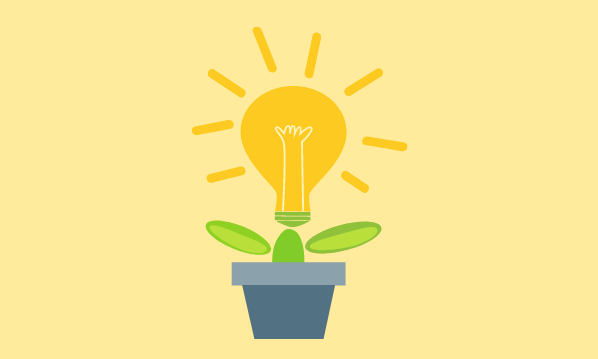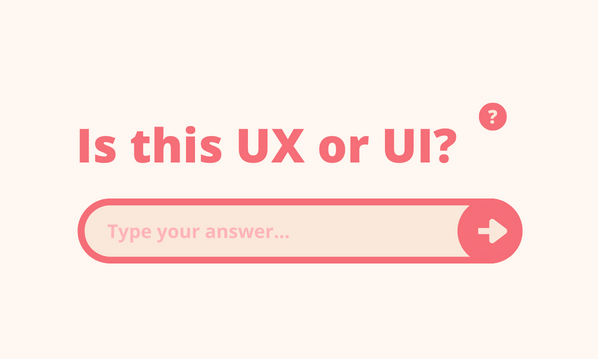When designing your website, it is important to consider all the devices that your users may be viewing your website on. You should consider operating systems, browsers and platforms.
Browser Wars
A few years ago, if you were a PC user you would be forgiven for thinking that the only browser that exists is Internet Explorer. Now for better or worse there are myriad of browsers available. The top four which occupy the majority of the market place are Internet Explorer (versions 6,7,8 and 9), Apple Safari, Mozilla Firefox and Google Chrome.
You should ensure that your website design is coded to display correctly in all these browsers so that your users all have the same experience when viewing your website (with the possible exception of Internet Explorer 6 – as this is very dated, and will soon be obsolete).
Monitor/Screen sizes
In addition when developing your website design, you need to consider the size of the screen the user has. 85% of people have a screen resolution of 1024 x 768 pixels or higher. (source: http://www.w3schools.com/browsers/browsers_display.asp). So you need to ensure that your website will fit on 1024 x 768 and still look good in for instance a resolution of 1440 x 900 – this may seem a basic point but it is important to decide how the site should look at a larger scale, for example center the website within a background.
IPad’s / Tablet PC’s
The amount of users viewing web content using iPad’s or Tablet PC’s is increasing and likely to carry on doing so. So it is imperative that you consider how your website displays on these devices. Most of these devices run a screen resolution of 1024 x 768 which would suggest that optimizing a website for this screen size is a good idea.
Another example of the difference between a tablet and PC is that on a tablet device you are using your finger instead of a mouse arrow to interact – obvious as this may sound your finger selects a much larger area of the screen, so try and ensure buttons and any other interactive elements on your website have large enough hotspots. For example a simple slider that works on a computer may not work at all or be very clunky for tablet users to interact with.





